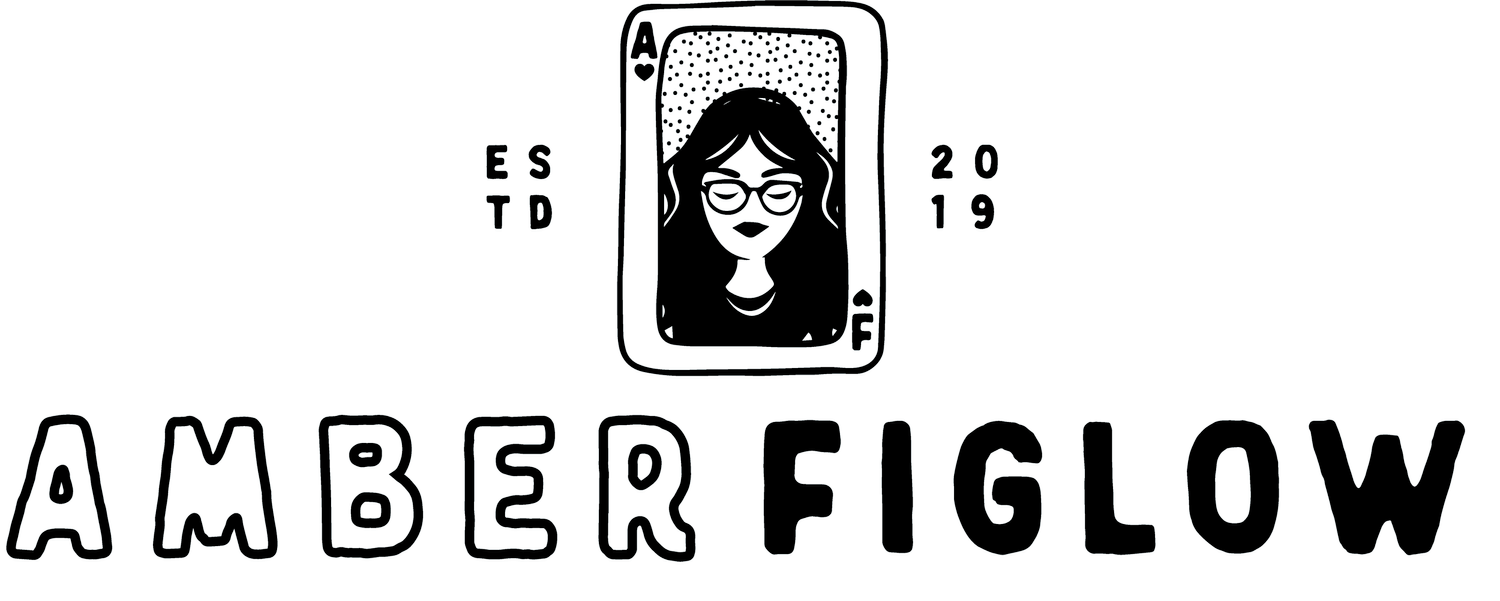The Complete Guide to the 5 Different Instagram Post Types
Instagram gives you five different ways to post content, and most business owners treat them all exactly the same. They throw up a reel one day, a carousel the next, maybe some stories here and there… with no real strategy behind any of it.
But here's what changes everything: each post type has a completely different job in your Instagram content strategy.
When you understand the real purpose behind feed posts versus reels versus stories, your entire approach to Instagram shifts. You stop feeling scattered, you create with intention, and you actually start seeing better results.
So let's dive into the five Instagram post types and what each one is actually supposed to do for your business.
Instagram Feed Posts: Your Brand Building Powerhouse
Instagram feed posts are where it all started. When Instagram first launched, this was the only type of content you could create, and you could only post in a square ratio. But don't write off feed posts as "so 2010." These are actually incredible for building and maintaining your brand presence.
The real goal of Instagram feed posts is brand building. This is where you establish your authority, showcase your voice, and share your strong opinions. Think bold statements with eye-catching visuals that make people stop scrolling.
Here's what you need to know about feed posts: they used to be single images with crazy filters. Now, they need to work harder to capture attention. You've got three main options:
Selfies with longer captions for storytelling and personal connection
Infographics packed with valuable information
Bold quote posts that showcase your opinions and expertise
The key is creating content that stops the scroll and keeps people engaged, because feed posts are primarily maintenance content for your current followers. They rarely go viral anymore, but that's totally okay. They're some of the easiest content to create: one visual, one caption, done.
Pro tip: Only post in portrait format now. Instagram's recent changes mean portrait posts take up more screen real estate and show up better in the new profile layout.
Instagram Carousels: Your Value-Packed Teaching Tool
I like to think of Instagram carousels as value machines. Their main purpose is helping you expand on ideas, teach concepts, and break things down step-by-step.
The goal of carousels is to dive deeper with your audience on specific topics. You can post between 2 and 20 slides (most accounts now have access to the full 20), mixing photos, graphics, and videos. What makes carousels special? Several things:
They keep people on your post longer. As people swipe through your carousel, it signals to the algorithm that your content is engaging. This often leads to better reach and more saves and shares.
They show up more frequently on the explore page. In my experience, carousels tend to get discovered by new audiences more than standard feed posts.
They can appear twice in someone's feed. This is the coolest feature: if someone scrolls past your first slide, Instagram might show them the second slide later. That's why your first two slides are crucial.
Structure your carousels with a strong hook on slide one and context or storytelling on slide two. Think of them like mini blog posts that people can swipe through.
Instagram Reels: Your Discovery and Reach Engine
Love them or hate them, Instagram reels are your best bet for reaching new audiences and getting discovered.
The main purpose of reels is reach and discovery. This is top-of-funnel content that helps get your message in front of people who don't follow you yet.
Reels live in their own dedicated tab and feed, similar to TikTok's For You page. Most of the content people see there is from accounts they don't follow, which is why reels are perfect for discovery.
Here's what's important to remember about reels: the vast majority of people viewing them probably aren't your current followers. Create with that in mind.
You can create talking-to-camera videos, quick tips with text on screen, vlogs, or trend-based content. Whatever format you choose, reels typically need to be either quick hits of information or visually appealing.
Two features to avoid: Trial reels (which hide your content from followers) and hiding reels from your profile. I don't see the point in creating content your audience can't see or hiding valuable content from your profile.
Instagram Stories: Your Relationship Building Secret Weapon
Instagram stories are the true community and relationship building content on the platform.
The power of stories is building trust and deeper connections with your current audience. This is the complete opposite goal from reels, stories are for your existing followers, not for discovery.
Stories appear right at the top of people's feeds and disappear after 24 hours. You can use interactive stickers like polls, quizzes, and emoji reactions to create engagement.
The best part about stories? They're the least curated content type. The more effort you put into stories, the worse they tend to perform. People want raw, real, behind-the-scenes moments and quick day-in-the-life content.
Think intimate, not polished. Stories are where you share the sporadic moments, the coffee photos, the quick thoughts… the stuff that makes you feel human to your audience. If you want stories to last longer than 24 hours, you can save them to highlights. I treat highlights like a mini website with important information people might need to reference later.
Instagram Lives: Your Deep Connection Creator
Instagram lives are often the scariest format for creators, but they're incredible for building real-time connections with your audience.
The goal of lives is teaching and providing value while connecting with followers in real time. This is where you can answer questions, provide mini trainings, and have actual conversations with your community. There are two different strategies for lives:
Solo lives are nurture content for your current audience. Use these for Q&As, teachings, and deeper connections with existing followers.
Live rooms with other creators help you tap into new audiences. When you go live with people in your niche, you can gain qualified followers from their communities.
The key to successful lives is promotion. People won't get notified unless they've set up reminders, so promote your lives heavily, especially through email. After your live, you can either share it to your profile (it becomes a reel) or download it and repurpose key moments into other content formats.
Creating Your Holistic Instagram Strategy
Now that you understand what each post type is supposed to do, you can create a strategic approach to Instagram instead of just throwing content at the wall.
When you're starting out, don't try to master all five post types at once. Pick two or three that align with your strengths and goals. Experiment and see what your audience responds to.
For me, I consistently create feed posts, carousels, and reels. Stories and lives come in seasons depending on my energy and workflow. Some of you might find stories easier and struggle with reels and that's totally fine.
The key is understanding that all five post types can come in waves. You don't need to be perfect at everything all the time. Find your core three and let the others ebb and flow as your capacity allows.
Remember: each post type has a specific job in your content strategy. Feed posts build your brand. Carousels provide deep value. Reels help you get discovered. Stories build relationships. Lives create deep connections.
When you use each post type for its intended purpose, your Instagram strategy becomes so much clearer and more effective. Stop treating all your posts the same and start creating with intention. Your audience (and your engagement) will thank you for it.

